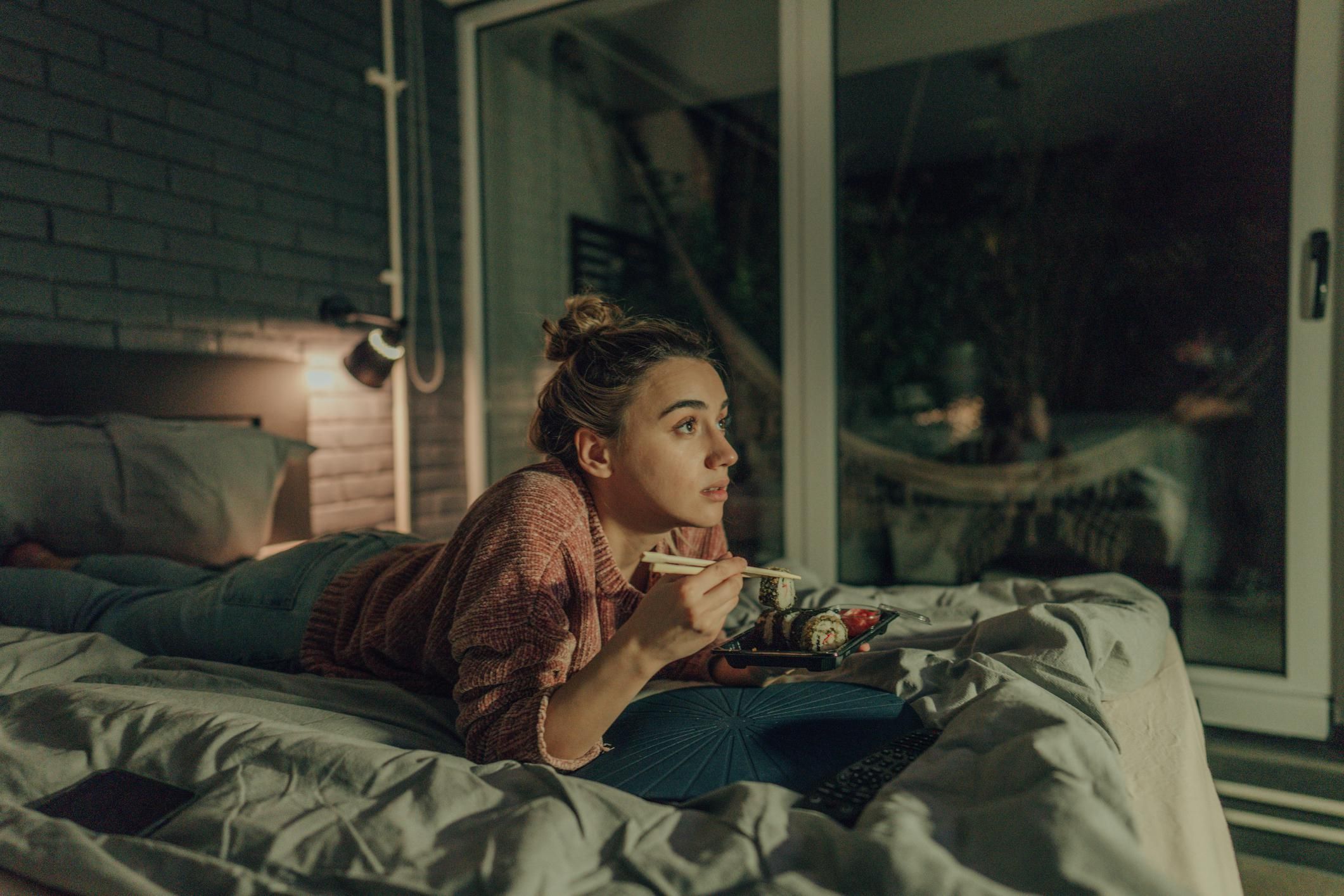It's an age-old problem for many of us. Maybe the food tastes too good. Or we feel compelled to clean our plates. Perhaps we fail to recognize that we're full and just keep eating … and eating … and eating.
But most of us don't overeat because we're hungry; instead, it's because of "packages and plates, names and numbers, labels and lights, colors and candles, shapes and smells, distractions and distances.…" Well, you get the idea that Brian Wasnick, PhD, director of the Cornell Food Lab, is trying to get across: We overeat because of external signals. Or habit. Or both.
And if it's the external world that is tapping us on the shoulder and silently urging us to "Eat, eat!" then wouldn't it stand to reason that we can alter the way we see or act in the external world so that we can get a different message?
Right?
Yes, perhaps, but that doesn't come naturally—or easily—to many of us. That's why I've compiled a list of suggestions so that the next time you're tempted to overeat, you'll be able to stop and listen to that voice of reason. After all, with the over 200 decisions Wasnick says we have to make about food each day, wouldn't it be nice to make the right decisions?
- Give into your cravings. If a food you love is strictly off limits, what happens? You start craving it even more. And then, the next thing you know, you're eating it—a lot of it—too much of it, because you don't know when, or if, you'll get it again. Give yourself permission to have a small amount of what you crave. We all deserve a little treat now and then. But "little" is the operative word here.
- Change up the size. By using a smaller plate, bowl or scoop or a different shaped glass, you naturally will consume less. Wasnick and his colleagues found that larger plates make a serving of food appear smaller than it truly is; the reverse goes for smaller plates. In one experiment at a health and fitness camp, the larger the bowls, the more cereal campers took and consumed. Not only did they eat more, but they estimated the amount to be 7 percent less than the group eating from the smaller bowls thought they ate. Why not serve healthy foods (like veggies and fruit) on larger plates and less healthy foods (you know what those are) on smaller plates to "trick" yourself into eating less? Wasnick and team also have shown that you'll pour less and drink less—yet still be satisfied—when you use tall, skinny glasses for calorie-laden beverages. Use your wide glasses for water and other calorie-free drinks.
- Ditch the bag. Snacking directly out of a bag sets up the perfect storm for snacking mindlessly. You're setting yourself up for an "Oops, didn't realize I ate the whole thing." Instead, pour a serving of that snack into a bowl or plate—and then put the box or bag away. If that's too hard, there are always portion-control products that do it for you.
- Put it out of sight. Psychologist Charles Emery of Ohio State University has published his research in the International Journal of Obesity on the way the home environment influences eating behavior. After examining the homes of 100 people, his team found that the people who were not obese had less cold storage (like refrigerator space) and therefore less food in their house; on the flip side, in the homes of the obese, food was much more visible. And visible means it's easier to access. So, you might want to store your most tempting foods high on a shelf or all the way in the back of the refrigerator, and put the more healthy foods, like veggies and fruit, up front and center.
- Sit down to eat. Turning off all outside distractions and focusing on your food helps you to slow down, be mindful of what's on your plate, and savor it—and actually remember that you've eaten.
- Eat before you go out. It may seem silly to eat before you go out to eat, but if you arrive famished, you're likely to cram anything into your mouth, even if you don't want it or like it, just to satisfy your raging hunger. And that "anything" is probably unhealthy and fattening.
- Wrap it up. This can be done a few ways: If you're at a restaurant, ask the server to wrap half of your dinner before you even dig in; if you're at home, wrap up whatever food tempts you so that it's tough to open and maybe not worth the effort after all.
Bonus tip: Plan ahead. I love this suggestion of Wasnick's: When you're at a cocktail party, play the "rule of two." Put just two items on your plate at one time; when you've finished them, go back for two additional items. People report consuming a lot less than they typically would, he says. After all, you've likely already had your favorite things right from the start.
More food for thought:
5 Quick Exercises to Do During Commercial Breaks
Simple Food Swaps for Healthy Holiday Eating
10 Foods That Promote Weight Loss


